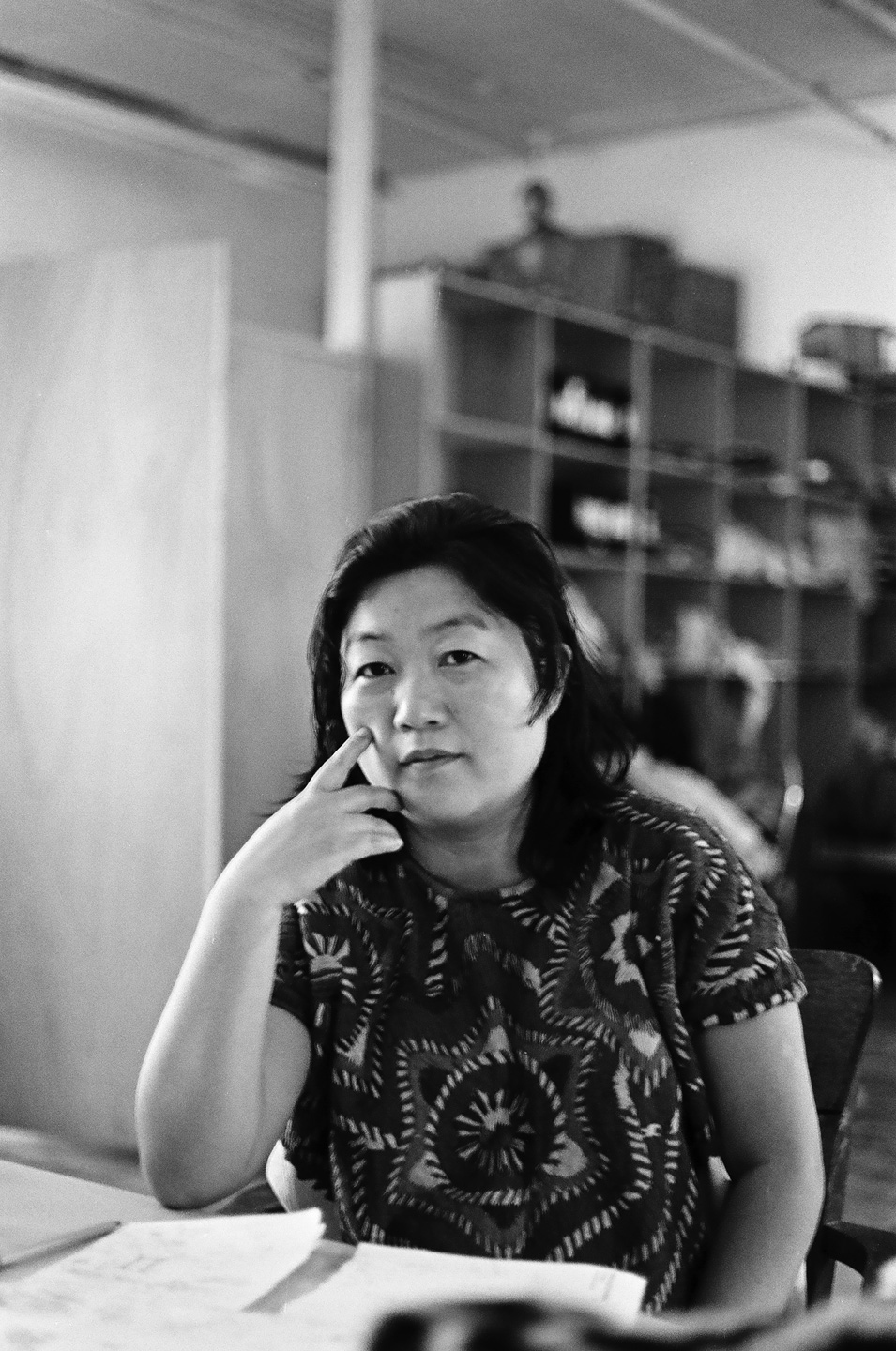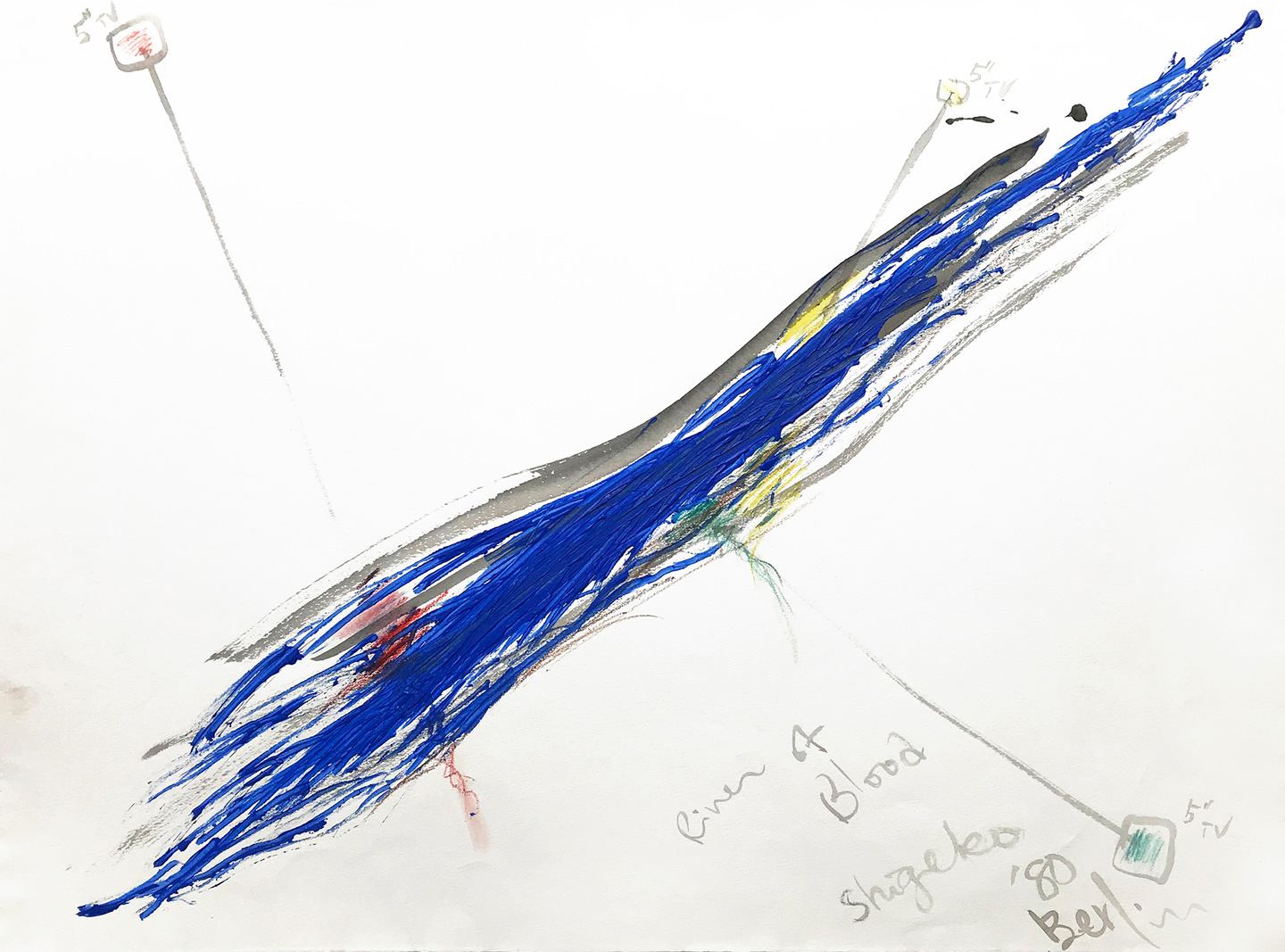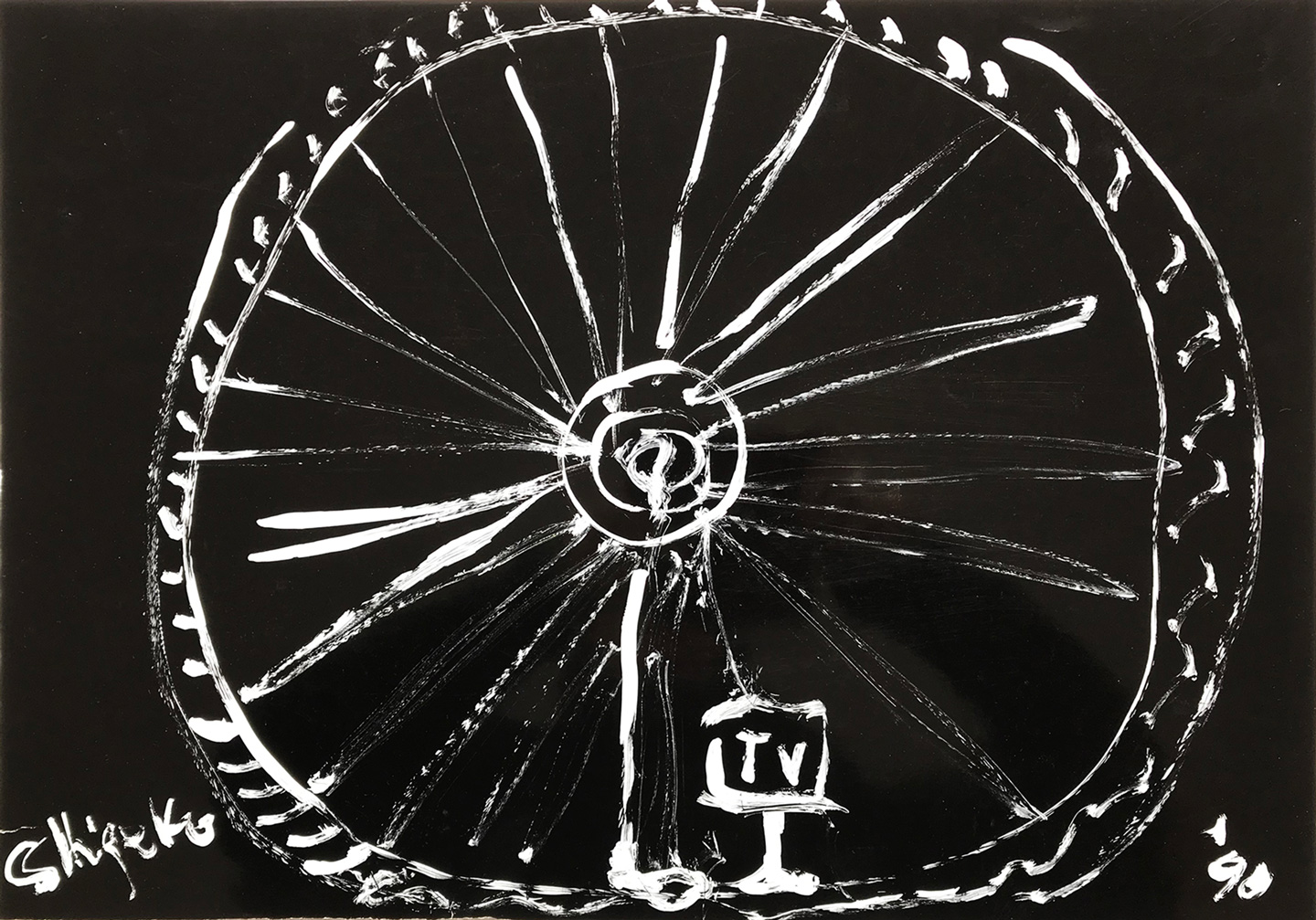Shigeko Kubota set important cornerstones of feminist art and introduced video sculpture into the lexicon of art. She likened video to a “new paintbrush” and integrated it into three-dimensional sculptures, some of which pay homage to the influential artist Marcel Duchamp who can be considered the father of conceptual art. As a member of the Fluxus movement, Kubota staged provocative and iconic performances such as “Vagina Painting” (1965), which subverts and humorously critiques the male-dominated traditions of action painting. Long overshadowed by her famous husband Nam June Paik, the late artist is finally being given her due, with international solo exhibitions now showcasing her groundbreaking work.
Shigeko Kubota (久保田 成子, Kubota Shigeko, born in Niigata, Japan, in 1937–died in New York, USA, in 2015) is a pioneering multimedia artist. Coming from a lineage of Japanese monks and temple guards, she studied sculpture at the Toyko University of Education and briefly worked as a teacher before relocating to New York in 1964. There she immersed herself in the Fluxus movement, experimenting with a wide range of mediums, from video and text scores to performances. During her lifetime, Kubota’s work was exhibited in solo and group exhibitions in Japan, Europe, and the USA, earning her accolades like the Maya Deren Award. However, it was not until 2021 that the artist’s contributions to women’s, video and art history were recognized on a larger scale with exhibitions at the Museum of Modern Art in New York, the National Museum of Art, Osaka, and the Museum of Contemporary Art, Tokyo.













